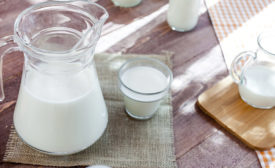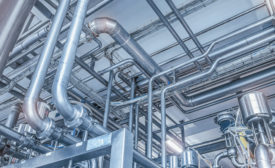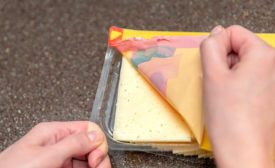Dairy Foods Columnists
Grocery channel sees steady dairy traffic, foodservice restaurants trending downward.
Read More
Research on milk’s full nutritional potential
Bioactive peptides and milk proteins promote immunity, bolster cognition.
June 28, 2023
Why the dairy category means much more than just milk
When we think about the Gen Z consumer, who is between 11 and 26 years old, it makes perfect sense that they are buying less than the national average.
June 15, 2023
Exploring the momentum of cheese snacking trends and innovations
Health-conscious consumers love delicious, nutritious cheese in salty and savory snacks.
June 9, 2023
98% of U.S. adults can consume dairy
Today, options abound for dairy-sensitive consumers.
June 7, 2023
Understanding product pipeline recovery systems
“Pigging” system enables dairy processors to prevent waste and maximize yield.
May 30, 2023
What to consider when raising frozen ice cream temperatures
Melt behavior is a huge factor dairy processors must consider.
May 12, 2023
Dairy is the key to a healthy gut microbiome
Dairy foods provide a great vehicle to gut health.
May 8, 2023
Inland ports offer cold chain efficiencies
Optimizing the movement of goods leaving coastal ports.
April 26, 2023
Sustainable Innovations in cheese packaging
Innovations in bioplastics using dairy waste can make packaging that is biodegradable.
April 21, 2023
Get our new eMagazine delivered to your inbox every month.
Stay in the know on the latest dairy industry trends.
SUBSCRIBE TODAYCopyright ©2024. All Rights Reserved BNP Media.
Design, CMS, Hosting & Web Development :: ePublishing


















